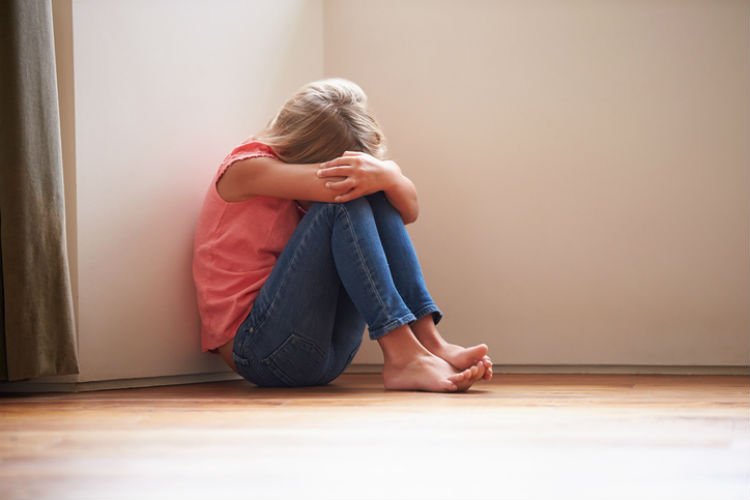
The Christian tradition commemorates the death and resurrection of Jesus at Easter, while the Jewish tradition celebrates the exodus of the Hebrews from Egypt. In Central European tribal traditions, the time around Easter was dedicated to fertility celebrations. In many cultures to this day, the awakening of nature and the libido after winter are indicated with appropriate customs. Everything not quite child-friendly – how can you explain to children why the rabbit suddenly lays eggs and there is one bleeding on the cross?
One by one, instead of all at once
There is of course no general instruction on how to explain Easter to children so that they understand it. The explanation will be different every time, dependent on the one hand on the age of the children, on the other hand on the culture that is cultivated within the family. An atheistic family will not dwell on theologically correct and child-understandable explanations of Jesus’ death on the cross.
Where do the eggs come from when painting Easter eggs? A strictly Catholic family will probably be careful not to say too much to minors about rabbit fertility … In this respect, the different Easter customs must also be kept apart from the children.

Age-appropriate and depending on interest
children Easter To explain means to explain as much as is appropriate to the age. And what a child wants to know, the big ones should first of all learn from the child’s questions: they have to be answered.
The thing with the rabbit and the eggs
Around Easter, the awakening of nature is most obvious after the long winter. Historically, this fits quite well: In the course of the Christianization of Europe, the “pagans” had to be offered something that made the new religion interesting enough for them and did not mean an immediate break with all previous traditions.
It made sense to put Easter on the festivities in spring. The pagan carnival could not be completely masked, but at least the customs and rites for fertility could somehow be reused in the Christian context:
- The Easter fire becomes a symbol of death and resurrection. Originally, the blazing inferno was supposed to drive away the winter, still practiced today as "bonfire" on the first Sunday after carnival.
- The water of Easter baptism has always been a symbol of purity and a new beginning.
- The hare presents itself as a relatively harmless fertility symbol, because hardly any wild animal that is native to Europe and serves food, reproduces so rapidly and reliably. The distinction between rabbits and rabbits is not popularly made.
- Eggs can also be seen as symbols of fertility, abundance of food and new life, as they actually contain chicks.
Remains of Jewish traditions in the Christian context
Explaining Easter to Christian children is not an easy task. Even adults find it difficult to literally understand the biblical texts. Listen, accept, just repeat like a fairy tale or a legend at some point, yes. But really understand deeply behind the written lines? No. In this respect, it is perfectly fine if the biblical story of Easter just stays that way and may even promote children’s creativity.
The story is formulated in a more understandable way in the children’s bible, which may serve as a first explanation. Explaining Easter to children is also possible in another way: In to bake of a cake in the form of a lamb, we still remember the Jewish tradition of slaughtering a lamb at Passover. Since Jesus was a Jew, the Easter bakery ties directly to the Bible story.
Video: Animated Bible story: Easter explained
Being authentic is more important than providing understandable explanations
When children ask questions, they rarely ask for a scientifically correct explanation as an answer. They are more concerned with thinking aloud in the conversation about possible solutions.
Accordingly, explaining Easter to children never means answering all questions completely. It’s more about thinking together. If parents don’t know something, they should just say it honestly. Children understand this, after all they know the feeling themselves too well.
Cover picture: © – FamVeld
About the author
Michaela Lieber
A lot has changed in my life since Maximilian was born on March 12, 2010. I like to share these experiences. As an editor in my daily work, as in my private environment.
RELATED ITEMS
-

Easter gifts for children – Easter 2019
Easter is coming. Our children in particular are eagerly awaiting the Easter bunny and the Easter egg hunt. But what do you give them at Easter?…
-

Depression in children and adolescents
Depression in children and adolescents is a topic you hear little about, but it is more common than expected. The causes of one…
-

Trip around the world with children: our experiences as a book
A trip around the world with children – a dream for many. It was not quite a trip around the world for us, Europe was enough for us. But we chose ours…
-

Explore Paris with children, rent-a-guide
The city trip to Paris with the whole family is imminent. The top 5 most frequently asked questions now include the choice of companies for…
